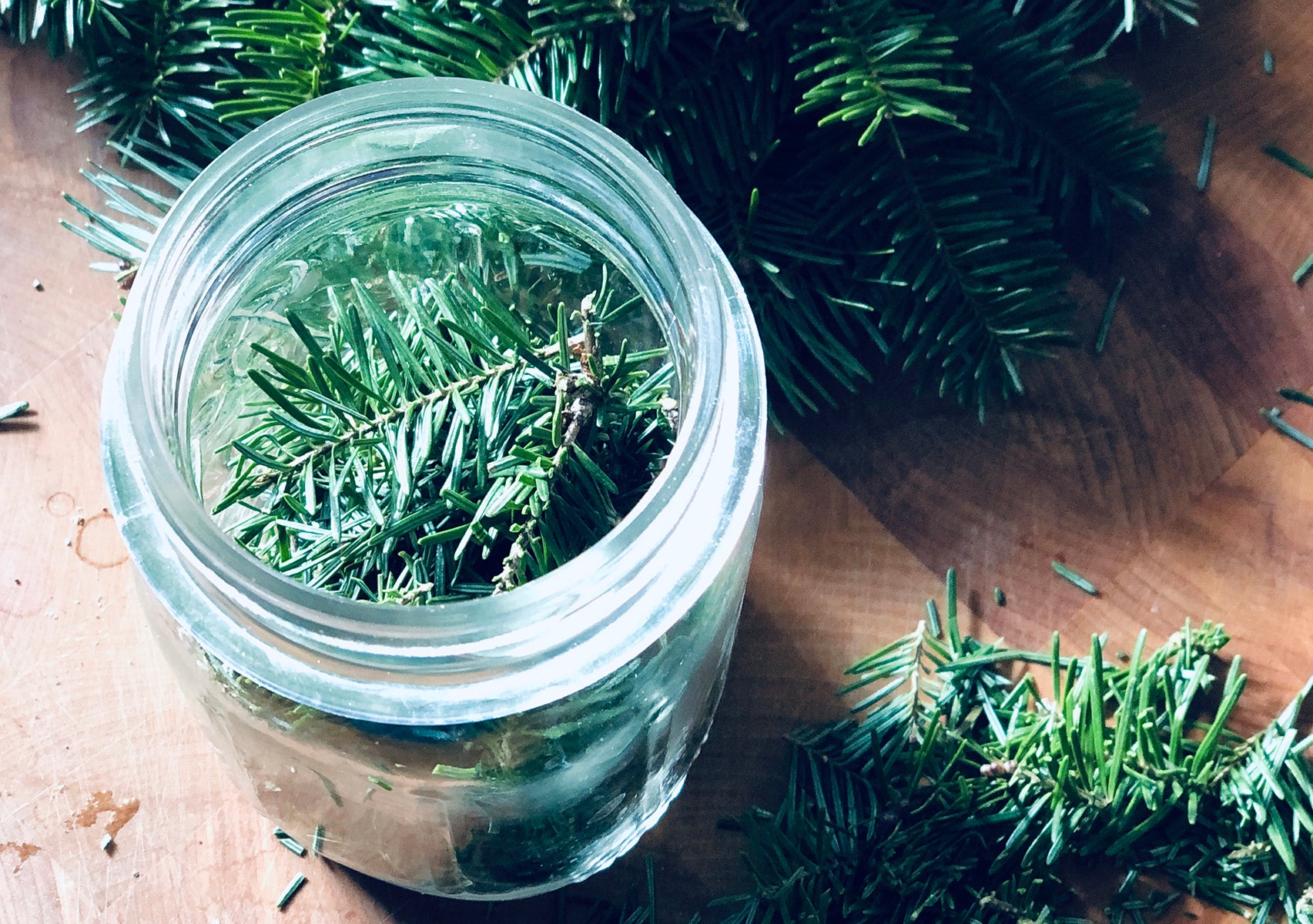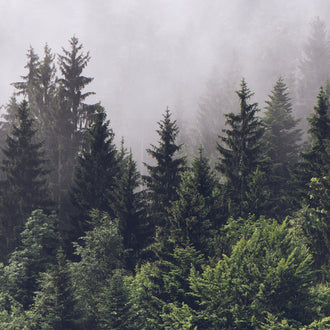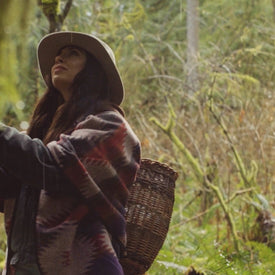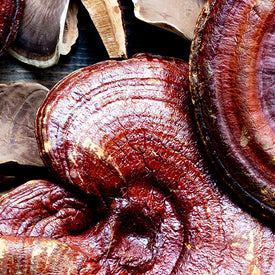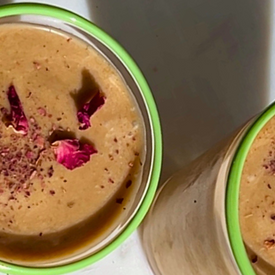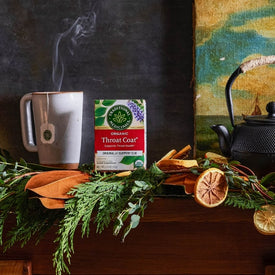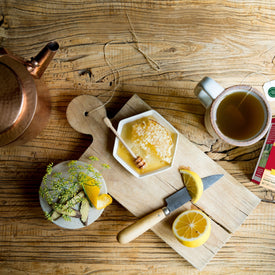The holiday season is upon us. As we decorate, plan our meals, and choose gifts, the remnants of ancient traditions still linger in many of our celebrations. The Winter Solstice has been celebrated by various cultures throughout history as a time to honor the light within us, as this day marks the shortest day and longest night of the year – a time where warmth, light, and aroma are greatly appreciated. For us as herbalists, many of these holiday traditions revolve around plants and how they continue to support us during this dark, cold, and inward season.
In many cultures around the world, the Solstice is the night that the evergreen tree is brought into the home. Over time, this has evolved into the “Christmas tree,” a beloved symbol of the Yuletide holiday. Since early times, when vast ancient forests blanketed the lands, people have thought of trees as a symbol of life and regeneration. Providing shelter, food, heat and clothing, these wooded groves were sacred temples. But few trees were more admired than the evergreen. Honored for its life force, and ability to survive even the harshest winters, people used the fragrant boughs of the evergreen tree as a symbol of vitality and renewal to decorate their homes during midwinter festivals. The evergreen tree has often been seen as a symbol of hope and good luck that will carry over into the next season.
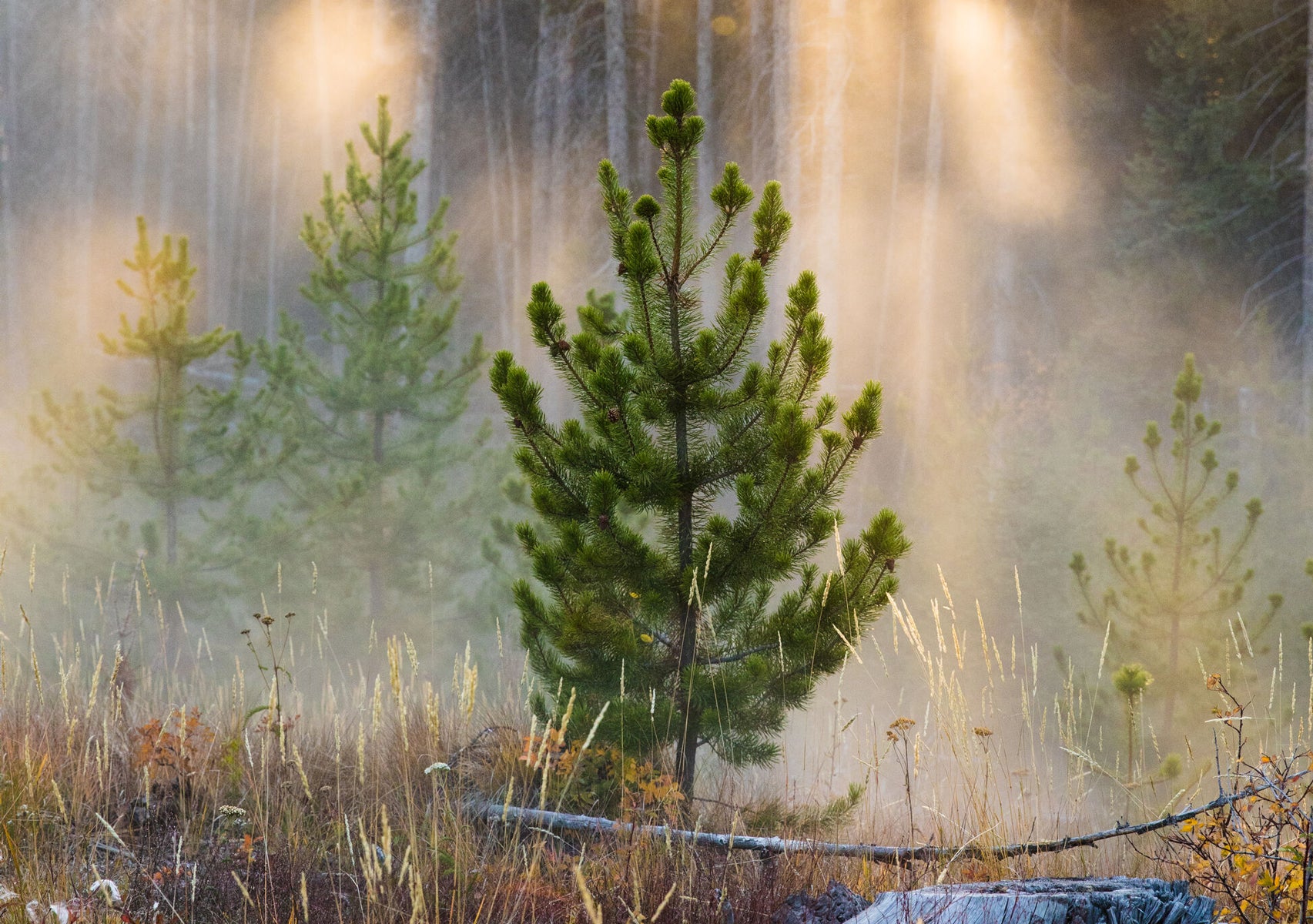
The Victorian era popularized the tradition of the Christmas tree, but the practice of bringing evergreen boughs inside during these dark days of winter extends further back than that. You can find remnants of folklore from Oaxaca, Mexico of the evergreen boughs placed on the floors of ancient cathedrals during winter celebrations, or stories when the early Egyptians filled their homes with green palm rushes which signified the triumph of life over death. The ancient Romans marked the solstice as the halfway point, knowing that their farms and orchards would soon again be green and fruitful. To honor the occasion, they decorated their homes and churches with evergreen boughs. And in Northern Europe, the Druids also adorned their temples with evergreen boughs as a representation of everlasting life.
As herbalists, we know that it all comes down to the power of aromatic plants, and these trees are our allies during winter. Their irresistible, resinous, and fragrant aroma is so needed at this time of year when the green plant world is at rest, and our spirits could use a little uplift. We all know the feeling when we smell or taste something pleasing—its instant enjoyment has a powerful way of grounding us into the present moment. This is the reason why herbalists love aromatic plants; they offer a remarkable reset for your mood and spirit.
The evergreen family contains many common trees we know and love: cedar, coastal redwoods, pine, spruce, Douglas fir and juniper.
Rich in vitamin C, the evergreens promise a refreshed sense of vitality during this winter season. We like to use them in herbal steams or tea for their bright and energizing effect. They also make a festive and aromatic herbal cordial for winter celebrations! As always, we highly recommend being very familiar with and properly identifying any plants you plan on using for edible creations. Visit our Herbalist’s Library for some of our favorite plant identification books for budding botanists and foragers.
Whichever way you use them, the evergreen tree offers an uplifting aroma for any winter blues you may be feeling. And however you celebrate the holidays, the power of these aromatic evergreen plants can still make their way into your life.
